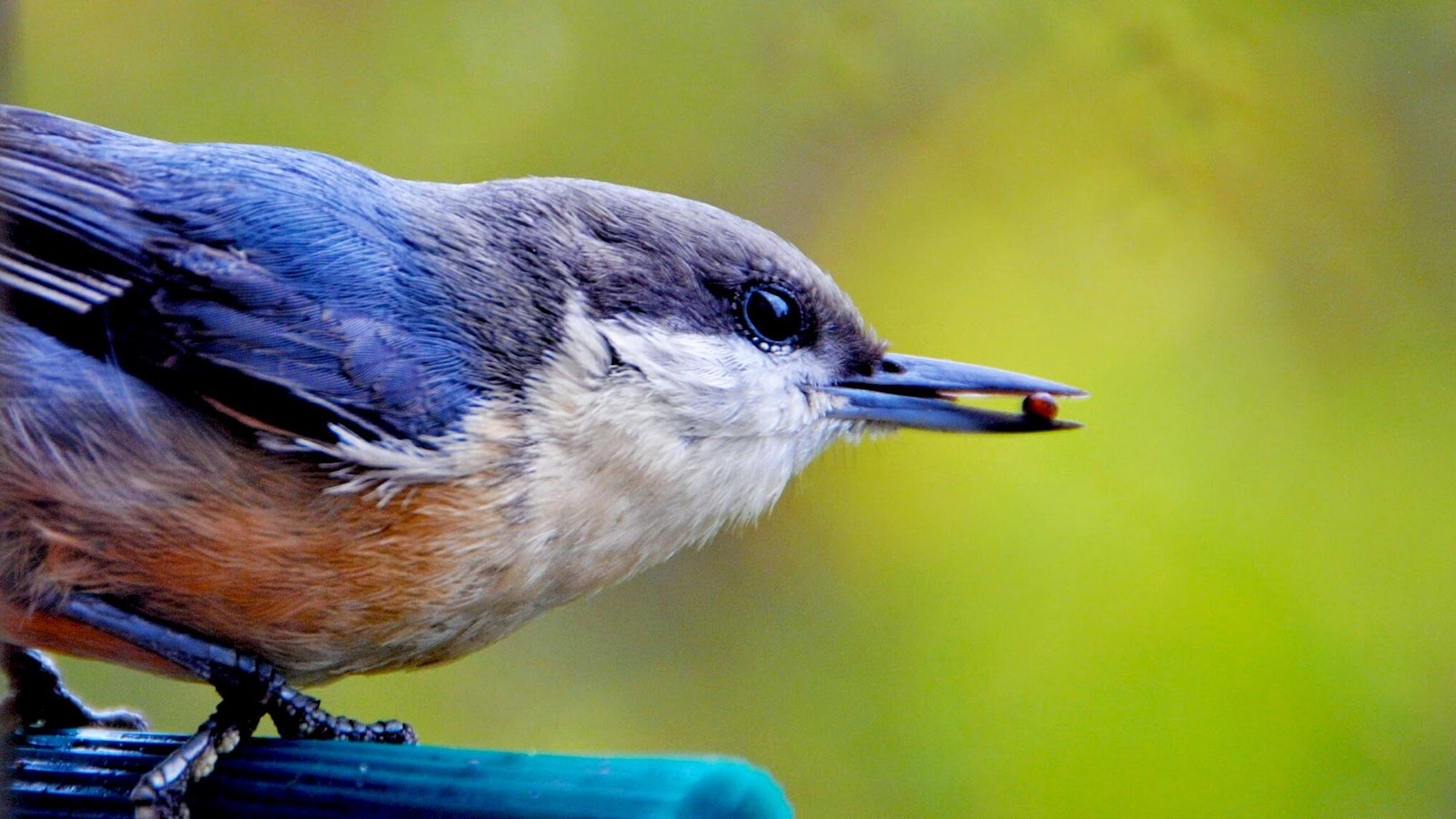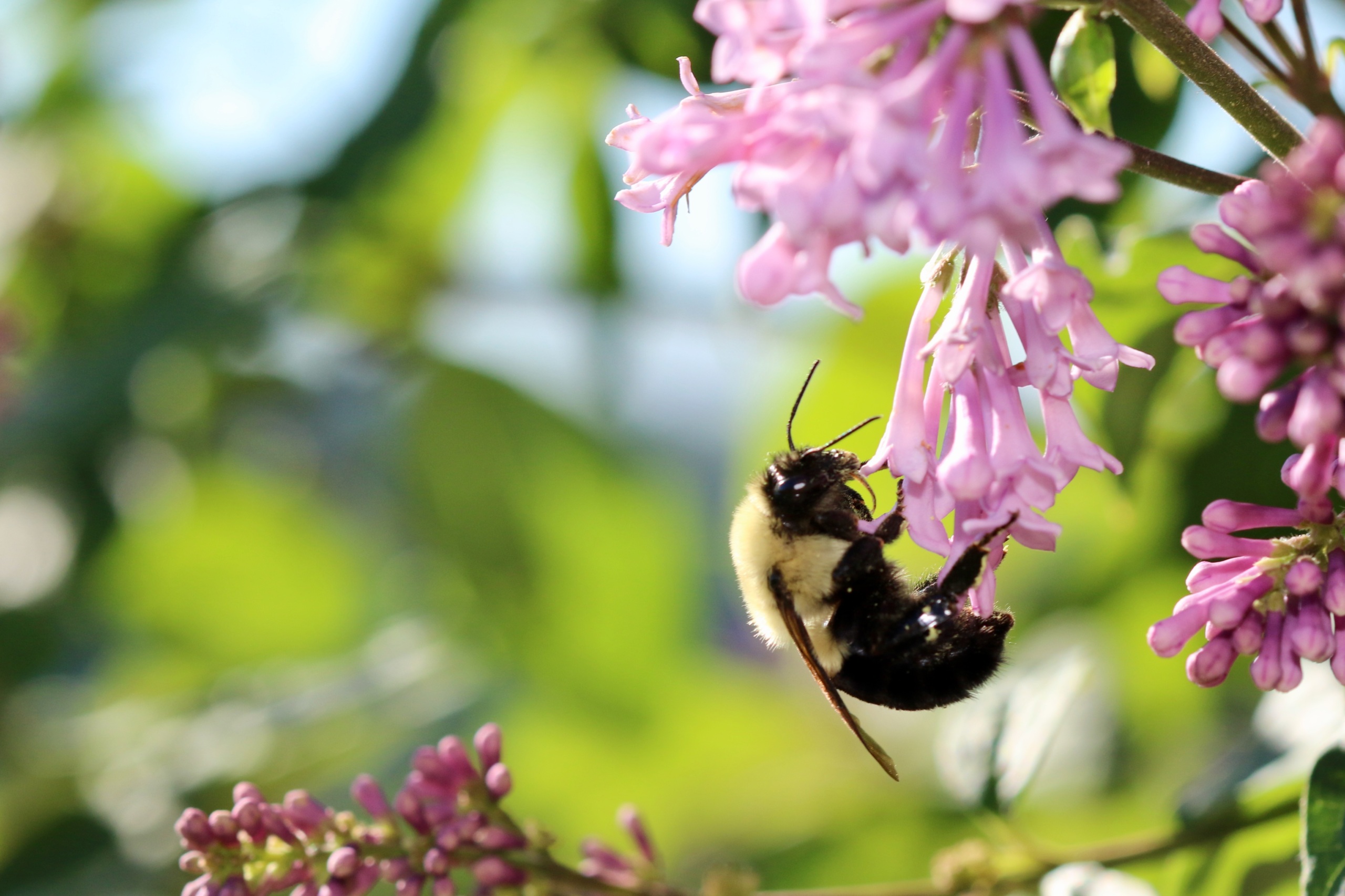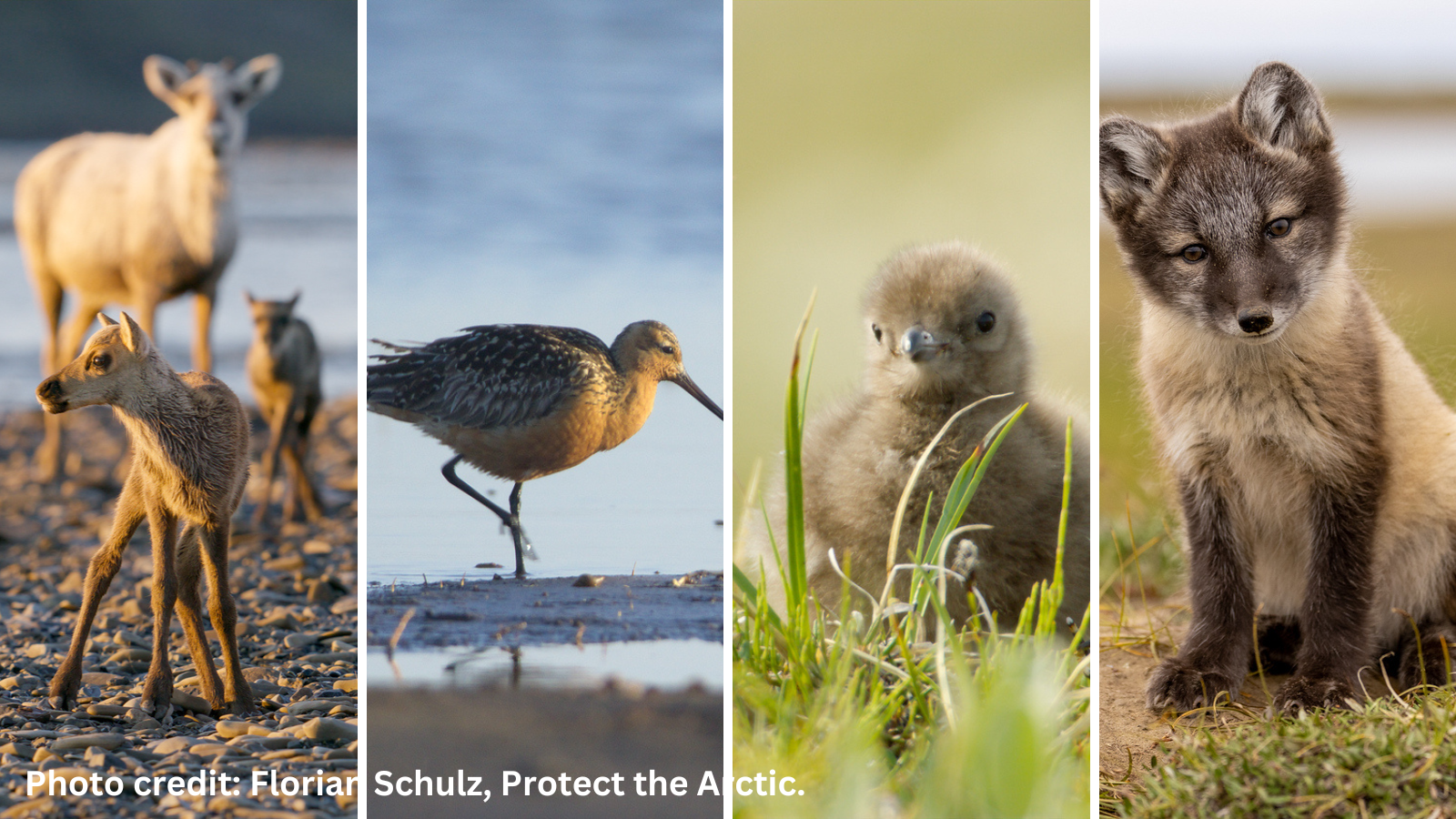Fractured Habitat: Why we need a wildlife corridor plan for Pennsylvania
Updated
Pennsylvania is blessed to be home to incredible native species. From our elk, bobcats and black bears to the millions of songbirds that cross the Commonwealth as they migrate north and south annually, we have stunning wildlife that call Pennsylvania home. Yet each year, more and more of the state’s wildlife habitat is criss-crossed by our roads, energy infrastructure and other projects that fragment this habitat, making it harder for Pennsylvania’s native species to roam, migrate, mate and forage.
What is habitat fragmentation?
Habitat fragmentation is when a species’s habitat is carved up, preventing wildlife from accessing resources and each other, creating barriers that are harder and harder for our beloved wildlife to cross. This means:
- Crossing deaths – When habitats are divided by roads, wildlife are in danger of being struck by vehicles when they cross. According to the U.S. Department of Transportation, over a million animals are killed on our roads every year, and Pennsylvania always ranks among the top 5 for animal-vehicle collisions. Besides being bad for wildlife, it’s also dangerous – and expensive – for drivers, with 166,000 animal collision claims filed in Pennsylvania from July 1, 2020 to June 30, 2021.
- Interrupted migration – Pennsylvania is also a key part of the Atlantic Flyway, the path along which billions of birds from Canada and the northern United States migrate south to the Gulf of Mexico and beyond. When Pennsylvania’s forest, meadows and wetland habitats lose connectivity, it threatens not only our resident birds, but species throughout the Western Hemisphere. The same is true for the monarch butterfly’s multi-generational migration from Northern North America to Mexico. It is one of the global marvels of evolution, but it’s fragile and depends on suitable habitat all along the way. As monarch habitat—namely its main food source, milkweed—is lost throughout the United States, Eastern monarch populations have declined 80% in the last two decades.
- Decreased resilience – As the climate warms, the geography for a given species’ ideal climate is shifting, with both plants and animal ranges chasing cooler temperatures northwards in latitude and higher in altitude. For example, the Audubon Society projects northward range shifts for almost all North American bird species over the coming decades, meaning fewer songbirds every spring.
- Inbreeding – Fragmentation divides wildlife populations, preventing isolated groups from mating with each other. This results in inbreeding, which over generations will result in unhealthier populations that are less resistant to parasites and diseases, more vulnerable to natural disasters, and more likely to suffer from genetic diseases. This endangers the long term health—and potentially survival—of the whole population. For example, as bobcat populations are cut off from one another by freeways, we see more inbreeding and subsequently more health problems and lower survival rates.
- Loss of interior forest habitat – Fragmentation of forests can reduce habitat quality. Forest-interior nesting birds like Pennsylvania’s wood thrush, scarlet tanager, northern goshawk and barred owl, as well as large mammals such as the fisher, eastern woodrat, black bear and bobcat, all depend on contiguous forest. Fragmentation decreases the amount of “interior forest” habitat significantly, with roads, pipelines & subdivisions creating more “edge” habitat, even if the total acreage of forest is nearly the same.
How do corridors help?
Wildlife corridors are a proven method of addressing habitat fragmentation and helping species, and serves as a broad term for a number of different strategies for connecting habitats. This helps ensure that wildlife can safely move and migrate, decreases vehicle-wildlife collisions, and keeps our wildlife populations healthy.
Corridors can include projects like:
- Road over- or under- passes;
- Strips of woodland between farm fields that connect segments of forests to allow species to roam and migrate;
- Stream culverts designed to allow amphibians and fish to pass under a road to disperse or mate;
- Fish ladders that let fish navigate upstream on a dammed river;
- Wetland strips between parking lots to connect ponds; or
- Planting milkweed along a utility right-of-way to aid monarch migration.

From left to right: A wildlife overpass, a fish ladder alongside a dam, a turtle tunnelPhoto by Wikimedia Commons | CC-BY-3.0
We can look to examples across the country to see how wildlife corridors are helping reconnect habitat all over the United States. Environment America’s 2021 Report Reconnecting Nature offers examples of projects we can learn from here in Pennsylvania: from an overpass helping mountain lions cross highways in Los Angeles to urban pollinator parks offering respite for birds and butterflies in Chicago to reconnecting patchwork Appalachian forest in Kentucky, we have so many innovative solutions are at our fingertips.
What’s happening in Pennsylvania
We’ve recently taken a big step forward here in Pennsylvania. In May, the Pennsylvania State House voted 129-72 to pass House Resolution 87, a bipartisan measure that will help to protect Pennsylvania’s critical animal habitats and determine the location of wildlife corridors. This will help state agencies, nonprofits and private landowners create wildlife corridors while laying the groundwork for a statewide habitat connectivity plan.
Topics
Authors
Stephanie Wein
Water and Conservation Advocate, PennEnvironment
Stephanie helps run PennEnvironment’s Clean Water and Conservation programs, working on campaigns to get lead out of drinking water, defend the Clean Water Act and protect our pollinators. Stephanie lives in Philadelphia, where she enjoys cycling and cooking.
Find Out More

EPA report says pesticides endanger wildlife

Why we should save the bees, especially the wild bees who need our help most

Why Alaska’s NPR-A, site of the Willow Project, deserves protection

